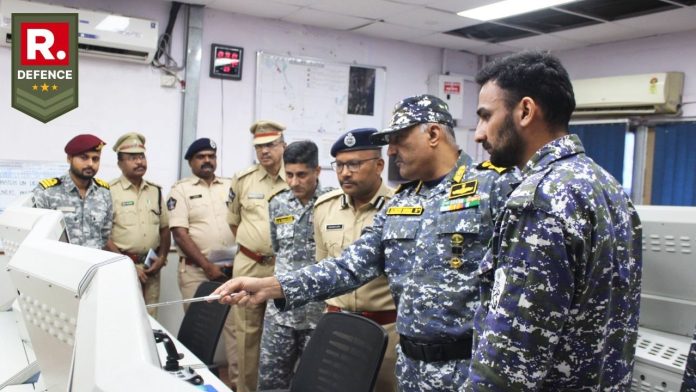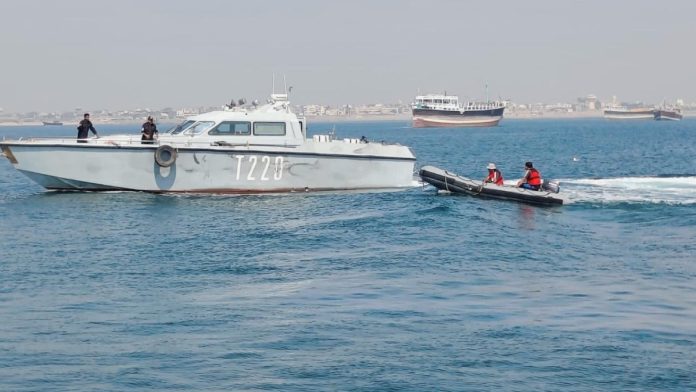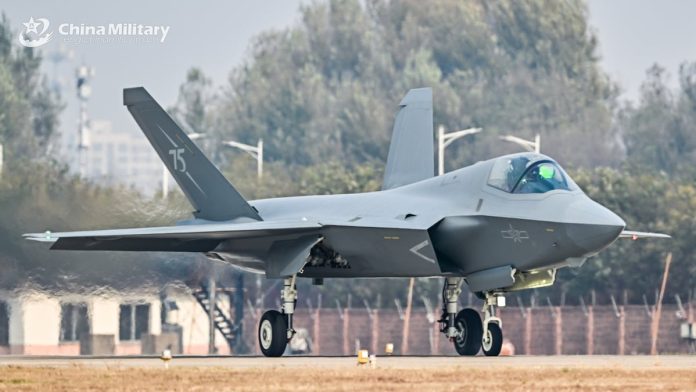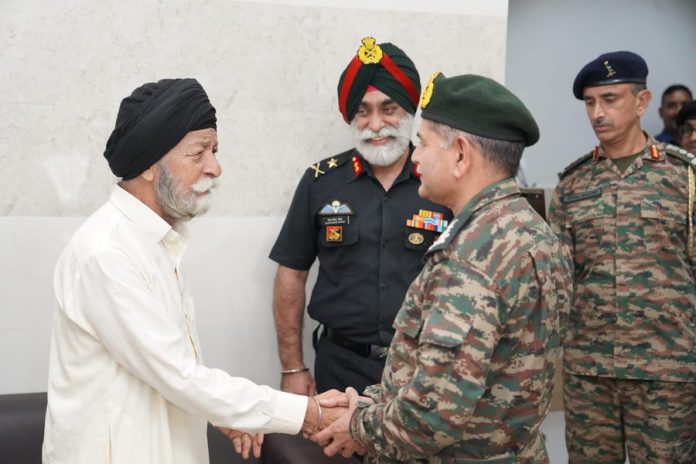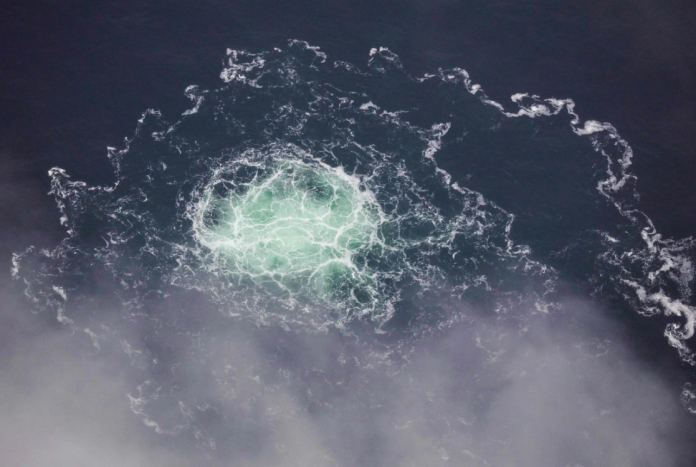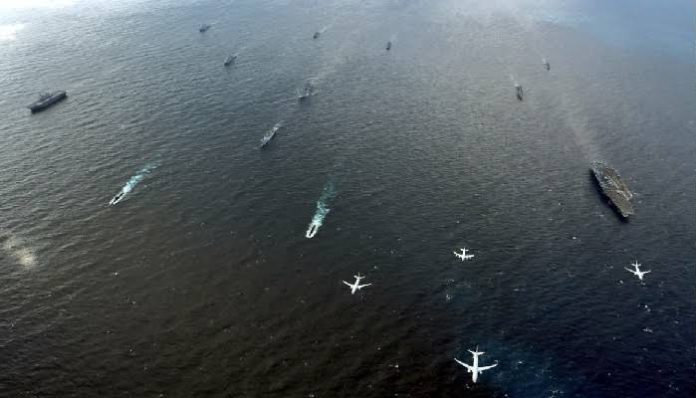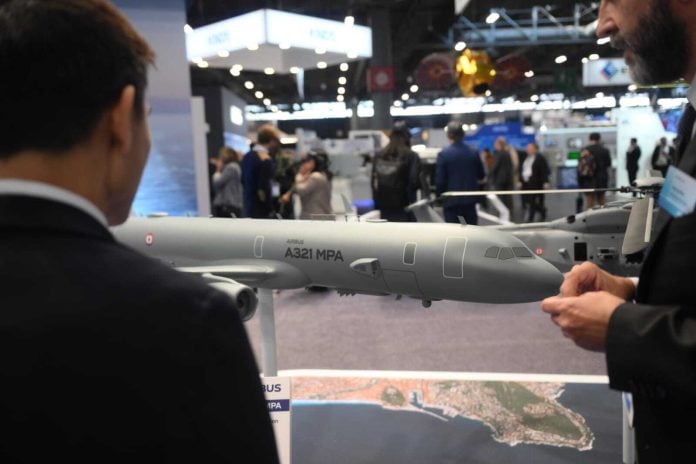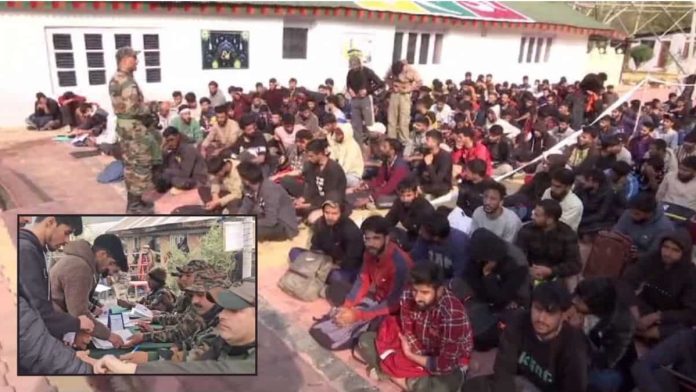In a significant move to bolster its coastal security framework, India is set to organize a comprehensive pan-India coastal defence exercise, labeled ‘Sea Vigil-24’. This fourth edition of the exercise will bring together troops from the Army, Navy, and Air Force, highlighting the nation’s commitment to maritime safety and national security.
The exercise is particularly noteworthy as it will see participation from over 20 agencies, including various governmental and non-governmental organizations, emphasizing a collaborative approach to coastal security. The Indian Navy is at the forefront of this initiative, assessing readiness levels and operational capabilities to thwart potential threats along India’s extensive coastline.
As part of the preparations, naval officers are actively training personnel from the Andhra Pradesh Marine Police and lighthouse staff, equipping them with essential skills and knowledge to effectively carry out their responsibilities during the exercise. The focus on multi-agency collaboration reflects the complexity of modern maritime security, where threats are often intertwined and require coordinated responses.
The ‘Sea Vigil’ series of exercises has historically aimed to evaluate real-time maritime surveillance, response strategies, and the overall preparedness of the coastal security apparatus. This year’s exercise will undoubtedly serve as a critical platform for reviewing and enhancing the capabilities of various agencies involved in maritime safety, ensuring a robust defence posture against potential maritime threats.
With India facing various challenges in its coastal regions, including smuggling, illegal fishing, and terrorism-related activities, the need for a well-coordinated defense strategy has never been more pressing. ‘Sea Vigil-24’ is poised to be a landmark initiative in strengthening India’s coastal security, ensuring that all stakeholders are well-prepared to address threats effectively and efficiently.
As the date of the exercise approaches, anticipation builds among the participating agencies and the Indian public alike, with a collective emphasis on safeguarding the nation’s maritime borders and ensuring the safety of its waters.

